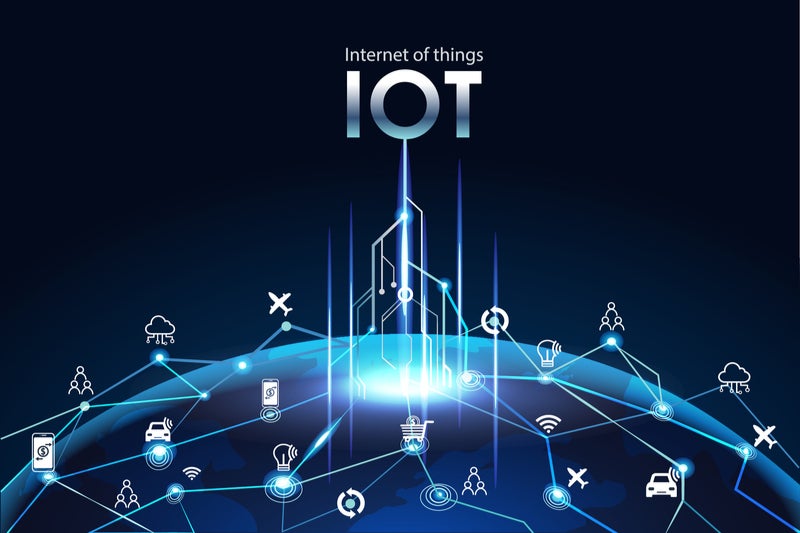
BT’s Green Tech Innovation Platform (GTIP) using edge computing and Internet of Things (IoT) innovation could play a major role in helping to drive a greener post-Covid-19 recovery for the UK economy.
However, initiatives to harness the benefits of edge computing will need to be collaborative, as well as address important questions about architecture design, energy use and security.
Edge computing involves the use of computer processing, data storage and analytics capabilities close to the places where data is collected and where digital content and applications are consumed. It is increasingly seen as an essential enabling technology for a wide range of applications related to IoT, including environmental monitoring and traffic optimization sensors, and IoT solutions that support energy and water management in social housing and public sector buildings.
Local processing capabilities remove the need to send data to far-off data centres for processing, therefore accelerating the speed at which IoT sensor data can be processed and acted on. An associated benefit is the lower bandwidth and storage consumption costs that can be gained by not having to send large volumes of data to be processed elsewhere.
GTIP projects in edge computing and IoT
All of the above applications of IoT and edge computing have implications that can benefit the environment and are examples of projects envisaged by GTIP. Launched at the start of June by BT, GTIP will see BT collaborate with innovative start-ups to trial and scale-up new applications that could help BT and its public sector customers meet their environmental targets.
BT plans to become a net zero carbon emissions business by 2045 and intends to buy 100% of its electricity worldwide from renewable sources by the end of 2020 (up from 92% today). In addition, the green technology initiatives envisaged by GTIP offer several economic gains, including new jobs and investment opportunities.
How well do you really know your competitors?
Access the most comprehensive Company Profiles on the market, powered by GlobalData. Save hours of research. Gain competitive edge.

Thank you!
Your download email will arrive shortly
Not ready to buy yet? Download a free sample
We are confident about the unique quality of our Company Profiles. However, we want you to make the most beneficial decision for your business, so we offer a free sample that you can download by submitting the below form
By GlobalDataAdditional projects envisaged by GTIP include the development of solutions that reduce travel by using video, augmented or virtual reality to enable remote repair work and diagnostics by health and other public sector workers.
EV take up and a green recovery
A separate initiative by BT and The Climate Group, an international non-profit organisation, will focus on encouraging a wider electric vehicle (EV) adoption, along with investment in EV charging infrastructure. EVs and charging stations generate large volumes of data, including real-time data on parking bay occupancy and traffic, weather and air conditions.
Edge computing can help make EV infrastructure a reality by ensuring cost savings and faster data processing. SSE Enterprise is currently developing EV charging sites at London lock-up garages in a partnership with InfraTech Property Solutions. The charging sites will leverage both and edge computing and 5G and will contribute to a target of 50,000 EV charging points across London by 2025.
To properly harness the benefits of IoT and edge computing, decisions are needed about where to deploy edge computing technologies and how to secure and power those technologies. SSE Enterprise’s charging sites will make use of solar and battery technology. Future solutions combining IoT and edge computing will need to be energy efficient and make use of renewable sources, if they are to play their part in a green, tech-driven economic recovery.
BT may need to extend cloud platform further
It is also still unclear how much edge computing capacity will be needed to enable IoT and other tech projects of the future. Last year BT unveiled plans to extend its cloud platform to around 100 metro locations to support new 5G and edge computing requirements.
However, eventually IoT and edge computing could require an even more distributed edge with edge computing capabilities deployed in some of BT’s 1,200 central offices and local exchanges.
The future development of the UK’s edge computing capacity footprint will ultimately depend on the use cases themselves, and their development will be shaped by collaboration between businesses and other stakeholders. Although such collaboration offers scope for greater innovation, it also means that actual projects could take longer to materialize.








